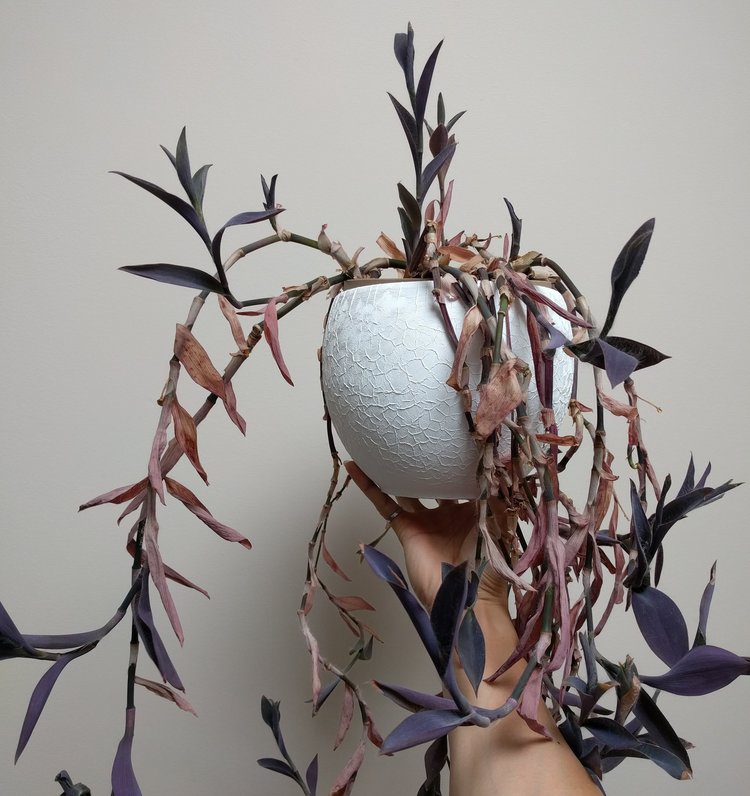
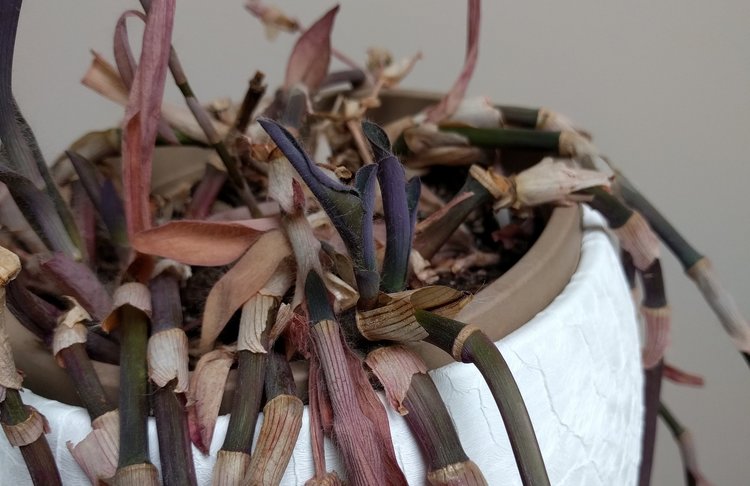
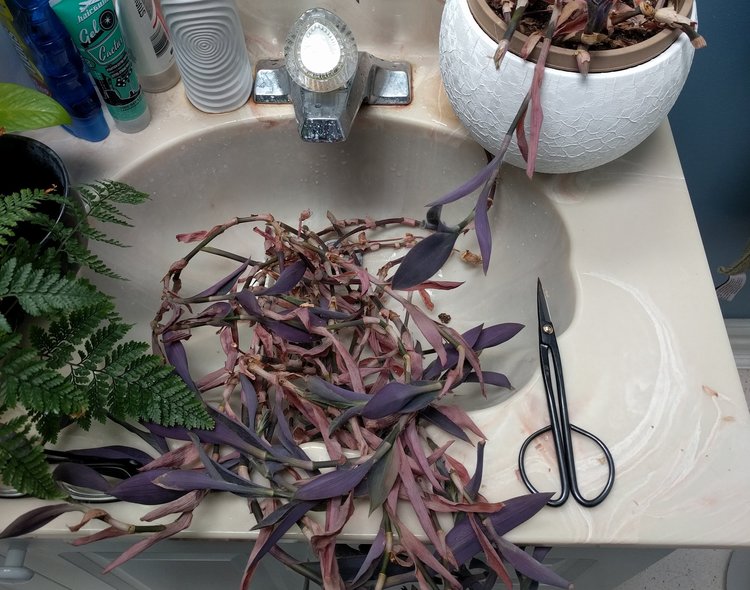
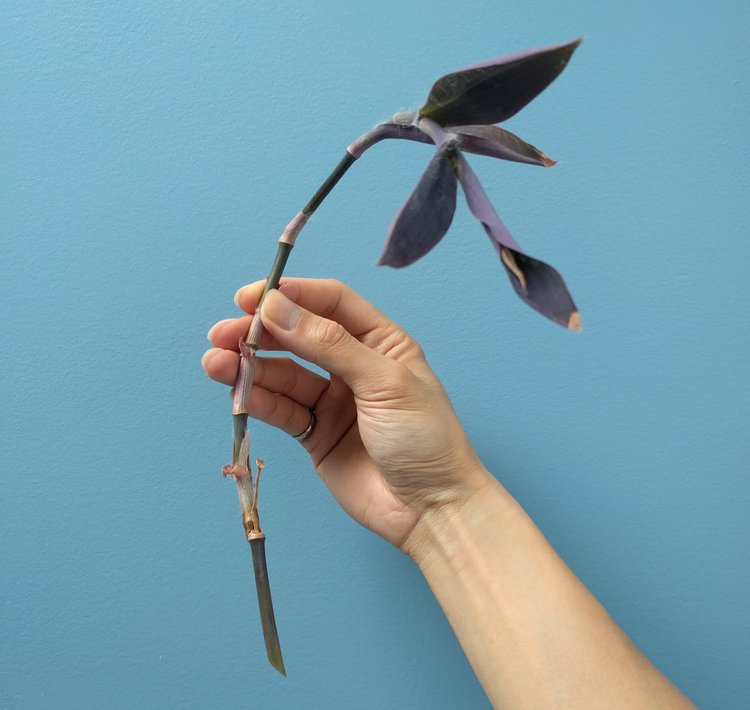
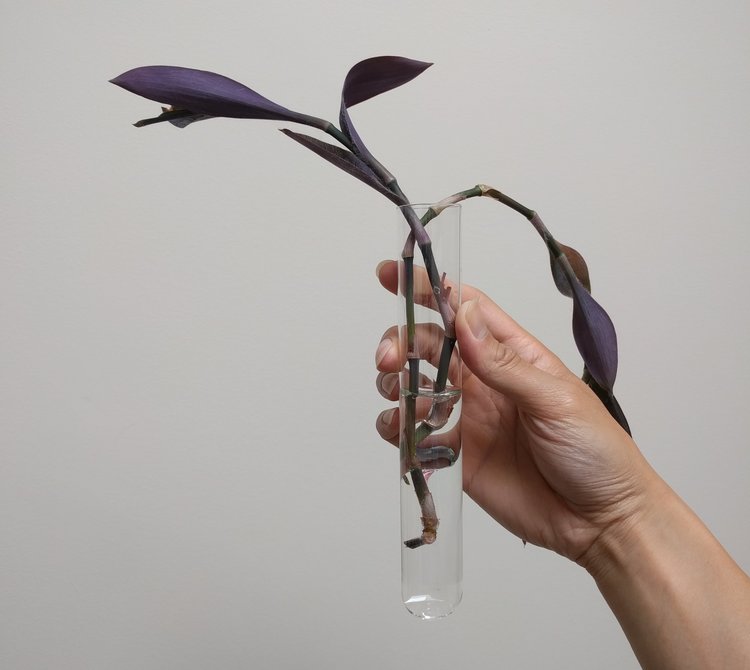
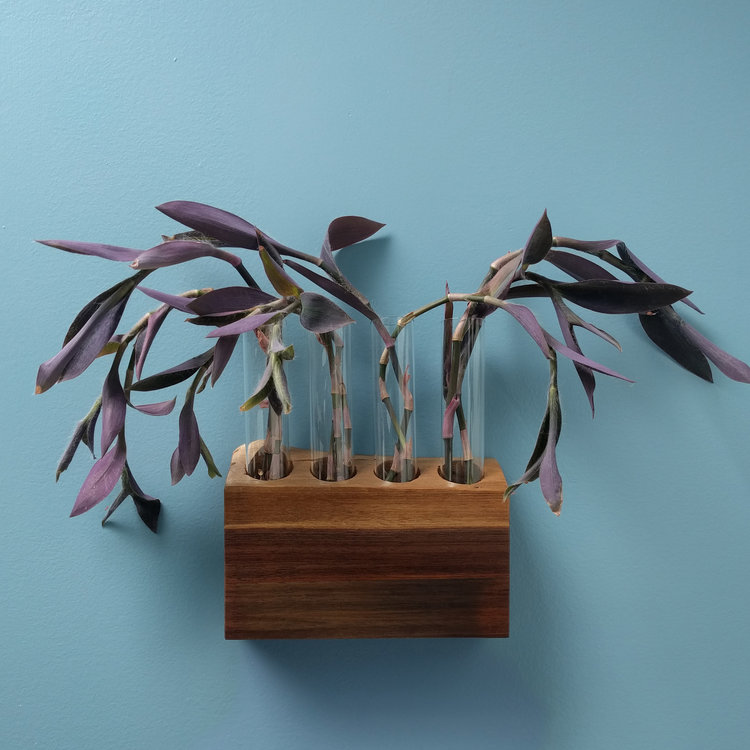
If you’ve read any good guides on house plant care, they probably say that there’s no need to root in water and that roots that emerge in water are not the same as roots that rooted in soil. This is all very true, but my position is that rooting in water gives you another opportunity to display plants in a delightful way (whether in glass jars or a super cool propagation holder like The Cradle).
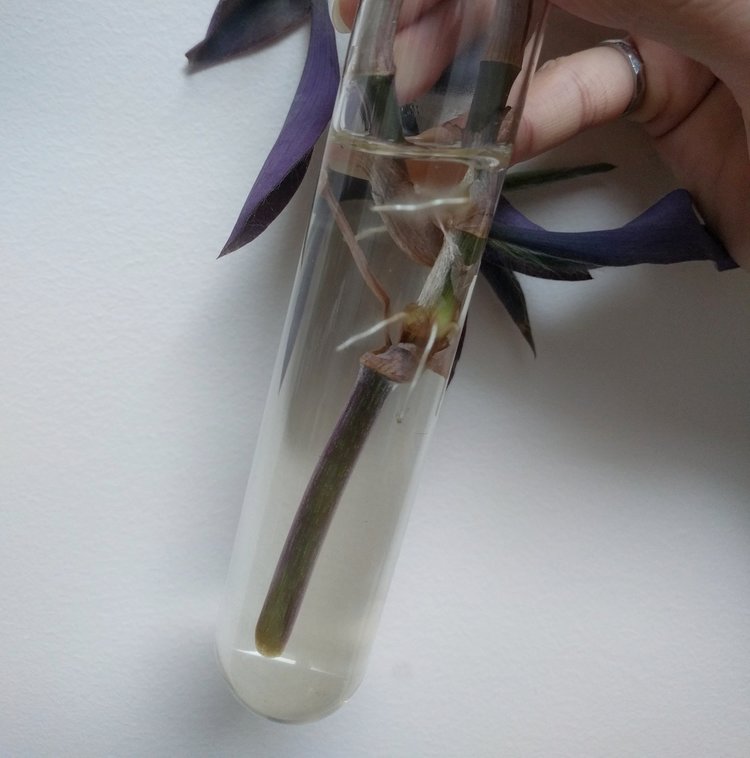
SPECIAL: I’ve arranged with Hilton Carter to give my readers 10% off The Cradle using the coupon code “HPJ10“. Go forth and propagate in style!